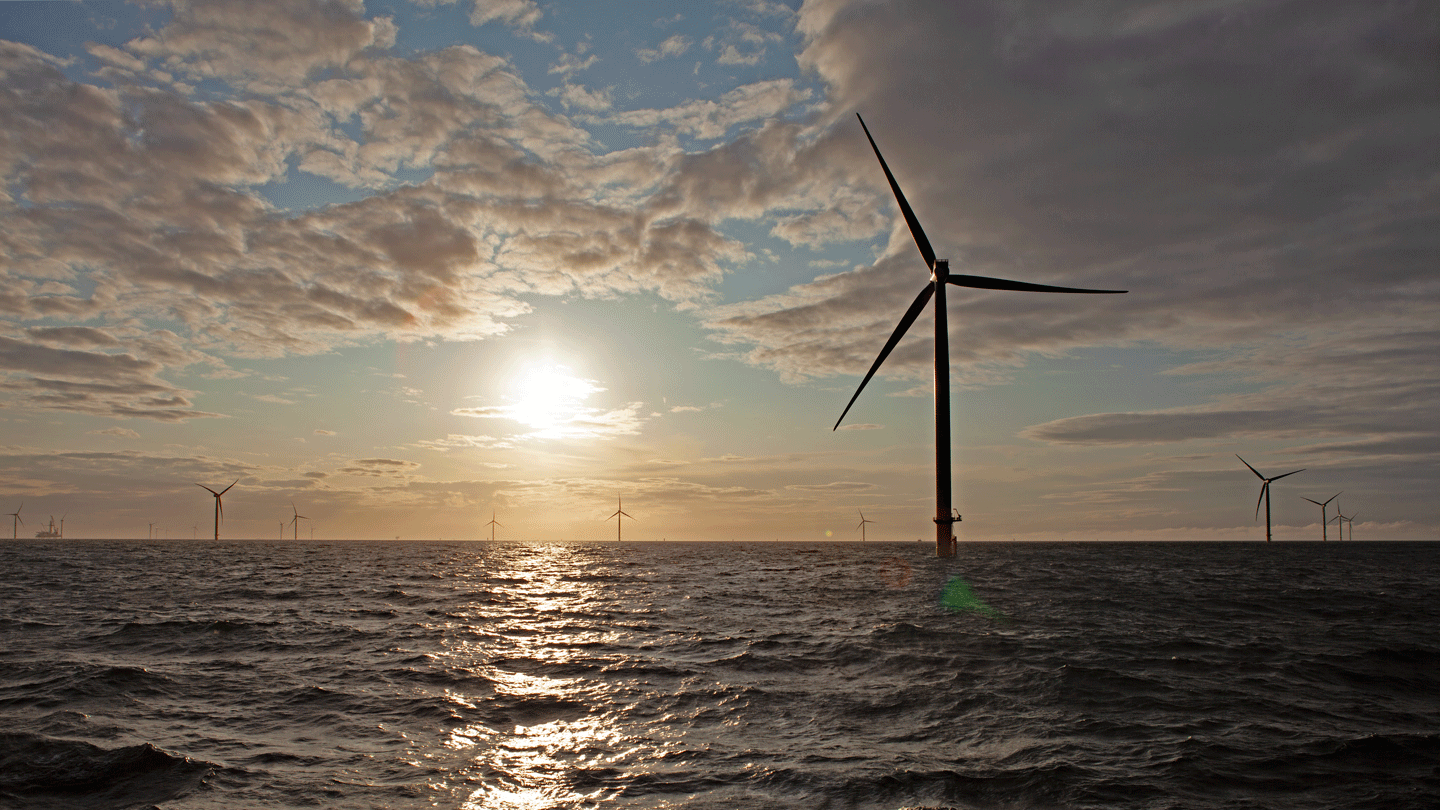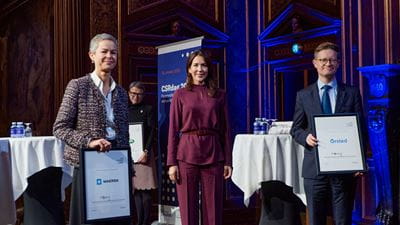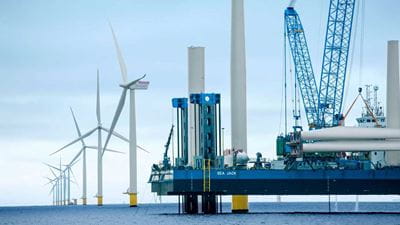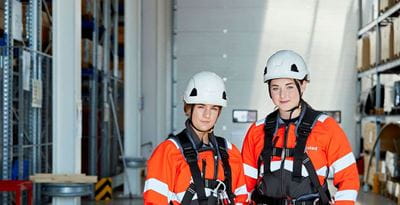02.03.2021
Here are 5 key insights from Ørsted's experience of implementing the TCFD recommendations, which help companies disclose on the impacts of climate change on their business.

More and more, investors want to know the climate impacts of the companies they invest in. The recommendations of the Task Force on Climate Related Disclosures (TCFD) intend to help companies to provide investors with just such information.
Ørsted is committed to tracking and responding to the actual and potential impacts of climate change on the resilience of our business. We were among the first 500 companies globally to join the TCFD. We have since identified 5 ways in which companies can get started with implementing the recommendations.
In 2018, we conducted a TCFD gap analysis which showed we were largely aligned with the TCFD recommendations and decided to endorse the recommendations in Fall 2018. A TCFD working group comprising six departments was set up to implement low-hanging fruits that could improve TCFD-alignment in the Ørsted Annual Report 2018 (p.16-17). We implemented quick-win outcomes, such as better reporting on existing climate-related risk processes and improving climate-related key performance indicators in CEO and CFO incentive schemes.
Ørsted is committed to tracking and responding to the actual and potential impacts of climate change on the resilience of our business. We were among the first 500 companies globally to join the TCFD. We have since identified 5 ways in which companies can get started with implementing the recommendations.
In 2018, we conducted a TCFD gap analysis which showed we were largely aligned with the TCFD recommendations and decided to endorse the recommendations in Fall 2018. A TCFD working group comprising six departments was set up to implement low-hanging fruits that could improve TCFD-alignment in the Ørsted Annual Report 2018 (p.16-17). We implemented quick-win outcomes, such as better reporting on existing climate-related risk processes and improving climate-related key performance indicators in CEO and CFO incentive schemes.
A climate scenario analysis followed in 2019 to identify and assess the potential impact of the following scenarios on the company’s business and address the company’s most significant and complex TCFD-related reporting gaps:
- 5-2°C temperature rise by 2100, anticipating a world that succeeds in meeting global climate targets, with efficient transition to a low-carbon future
- 3-4°C temperature rise by 2100, anticipating a world that wants to take climate action but struggles to implement.
Physical and transitional aspects were both addressed, with outcomes documented in the Ørsted Annual Report 2019 (p. 63).
So, what are the 5 steps to get started?
-
1. Use TCFD to provoke internal thinking and improve external reporting
-
2. Realistic scoping is key
-
3. Bring experts together from across your business
-
4. Work constructively with the best available science
-
5. Don’t wait for perfection, get started







